Interwoven into instruction, assessment has many benefits. Its biggest benefit? Aiding students and teachers in closing the learning gap. In the Fall of 2021, I attended TCEA’s Campus Technology Specialist Academy (CTSA). One of the sessions, led by Destiny Wagner and Kristofer Thurston, offered several gems related to using digital tools for formative assessment. These gems became some of my favorite takeaways. But before diving deeper into the tools, let’s take a look at formative assessment.

What Is Formative Assessment?
In the Amazing Learning Design Outline (ALDO), I highlight the importance of assessment. Assessment is critical to crafting feedback that closes the learning gap. That gap, of course, is between where the student is now and where they need to be. Did you know that formative assessment can double student learning gains? Formative assessment is an ongoing, low-stakes assessment that provides such feedback to both students and teachers regularly. In other words, to gauge where students are in their learning, they must be assessed before, during, and after learning. And these assessments can tie into a wide variety of strategies.

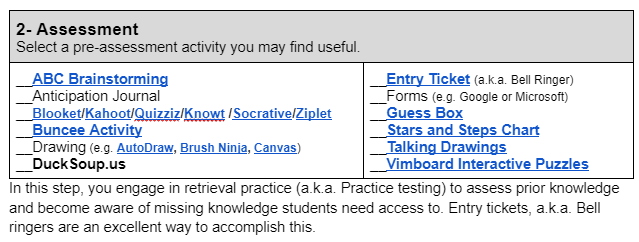
It is also important to note that students are active collaborators in closing this gap since they are involved in the formative assessment process. Some have organized a list of assessment criteria teachers can use, and you can read the complete list in this online document (PDF). But today we’ll focus on assessments that I’ve grouped into understanding checks, checklists, and self-assessment tools.

When working with students, keep these three tips in mind when providing feedback:
1. Ask the four questions:
- What can the student do?
- What can’t the student do?
- How does the student’s work compare with that of others?
- How can the student do better?
2. Take advantage of single-point rubrics to convey expectations.
3. Connect the feedback language you use to specific success criteria. One example might be, “How will I know I have learned this?” Be sure to share that feedback at the start of the lesson (adapted from source).
Group 1: Understanding Checks
Checks for understanding are one aspect of formative assessment. ASCD even published a book on the topic. It can be defined as:
The frequent, interactive checking of student progress and understanding. These checks for understanding identify learning needs. They also allow the teacher to track and adjust teaching.
Adapted from Source: Todd Finley’s Dipsticks to Check for Understanding via Edutopia.org
An example of a type of understanding check is the pre-assessment. The goal of pre-assessment is to discover what students know and to identify what they need to learn. Students can use these to set learning goals and also predict how well they will do.
One idea for formative checks for understanding also comes from Dataworks’ TAPPLE concept:
- (T)each first
- (A)sk a specific question
- (P)ause, Pair-Share, and Point
- (P)ick a random non-volunteer
- (L)isten to the Response
- (E)ffective Feedback
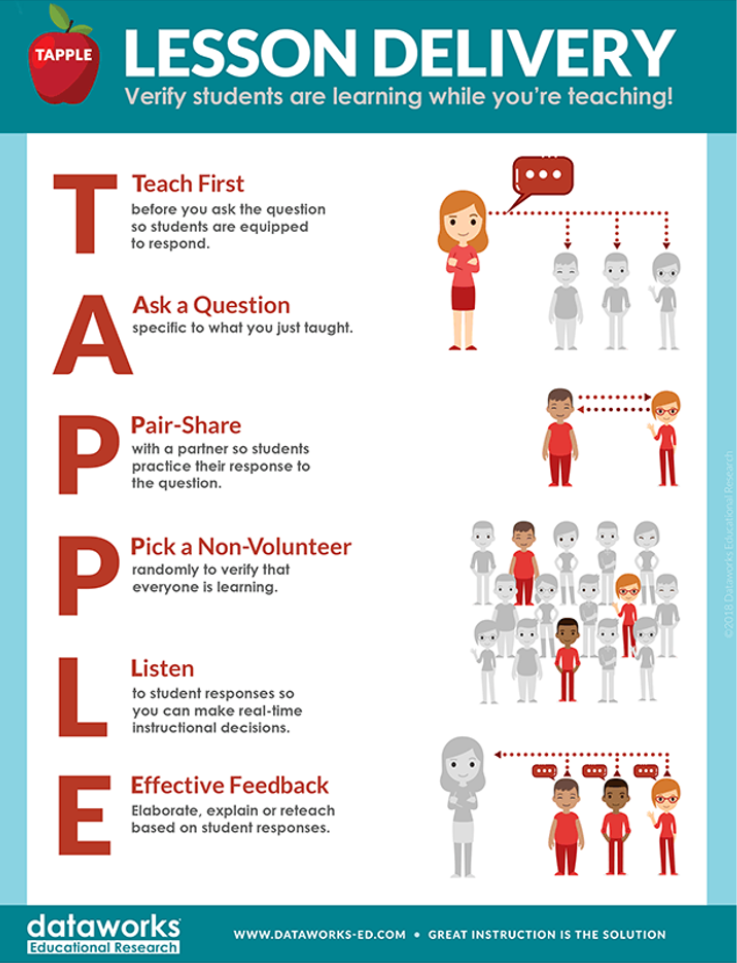
Are you already thinking of some ways you could use digital tools to (A)sk a specific question about what students have learned, or to (P)ause, Pair-share, and Point?
Since digital tools are flexible and can be used for a wide variety of purposes, they may lend themselves well to checks for understanding. In their session, Destiny and Kristofer shared several powerful and easy digital tools that could be used for understanding checks. Among those tools shared were:
- Baamboozle. A versatile tool that students can use to create or participate in a wide variety of games. View video.
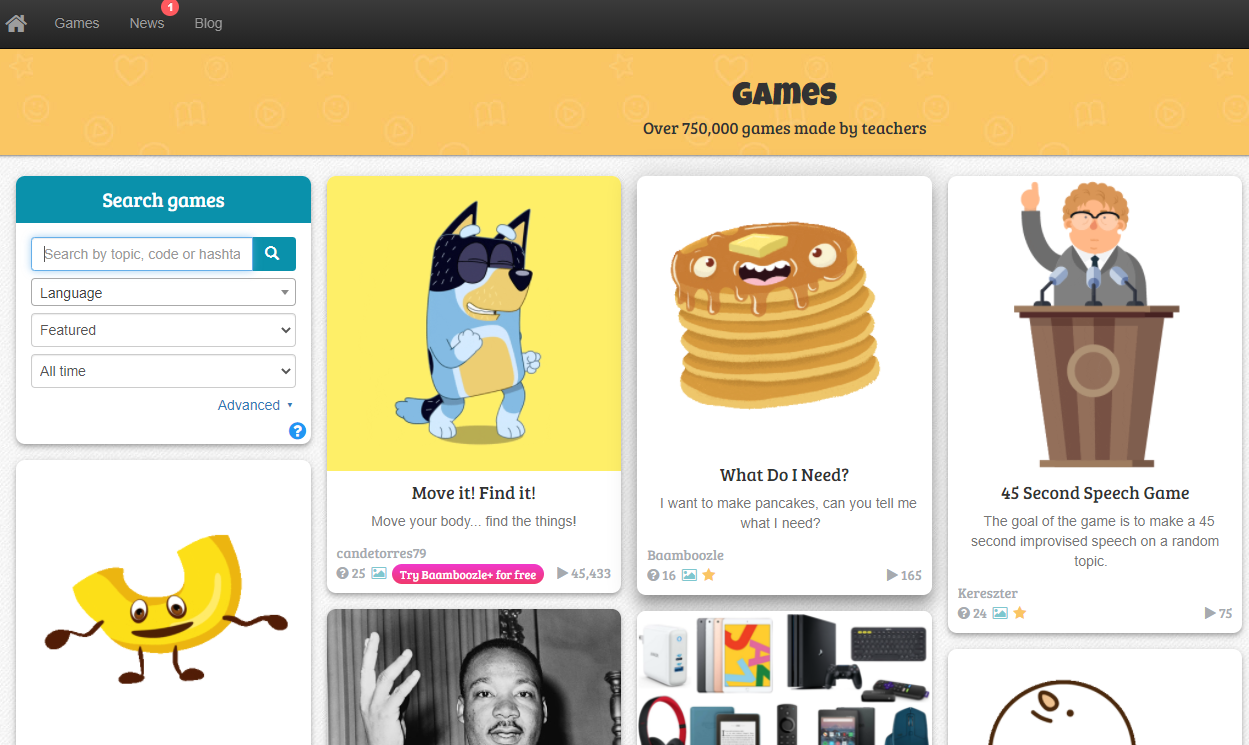
- Mentimeter. Provides student polling and creates open-ended results in word clouds out of responses. View video.
- Pear Deck. Perform “on the fly” assessments with social- emotional health check-ins. It works well with a variety of Google and Microsoft Office products. View video.
- Plickers. Print coded cards that students can use. The teacher relies on a free app to scan student cards. The direction of the card shows students’ response. View video.
- Poll Everywhere. Assess students with a simple poll. View video.
- Socrative. Set up multiple choice, true/false, or short answer assessments. View results in real time via a teacher dashboard. View video.
- StrawPoll. Create easy-to-embed, mobile-friendly polls students can complete. View video.
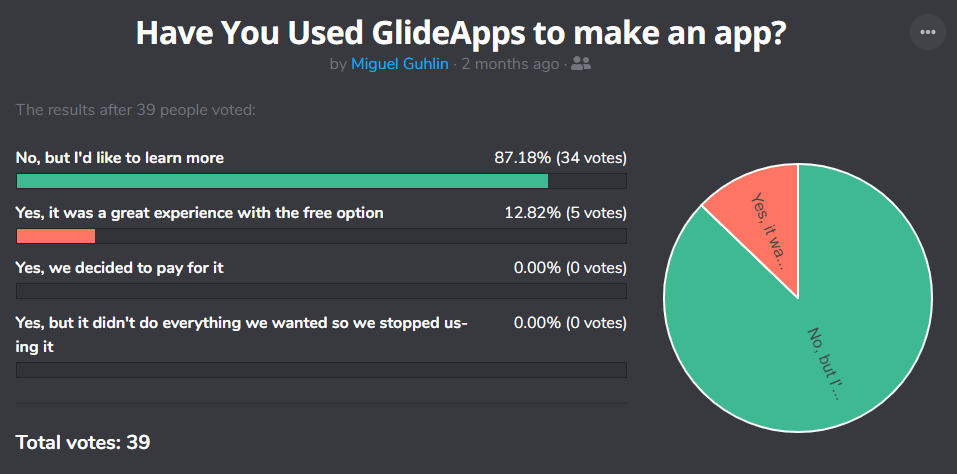
StrawPoll has become one of my new favorites but others at TCEA rely on Gimkit, Kahoot, Quizziz, and Quizlet. Of course, there are others, such as EdPuzzle, Playposit, and more.
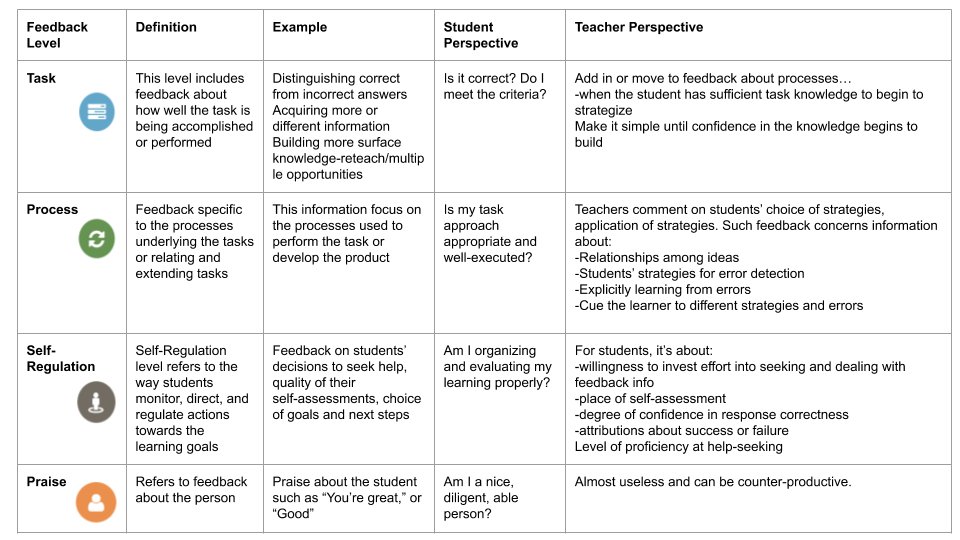
Adapted from David Perkins (2003) The Ladder of Feedback and John Hattie (2014) The Power of Feedback | Get Your Own Copy.
Group 2: Checklists
Use checklists and rubrics to identify and clarify success criteria for students. Think of success criteria as a to-do list for learning intentions. This short twelve minute video can provide some background on success criteria.
One easy tool you can use to create a checklist is simply Google Sheets. Here’s a quick video on how to do that:
You can also create rubrics for students directly in Google Classroom. Here is a quick six minute video on how this can be done.
Group 3: Self-Assessment Tools
Self-assessment tools are used by students to take their own measure. As you might imagine, many of the digital tools shared so far would also work well for this purpose.
Becton Loveless offers these suggestions for students designing their own assessments:
- Explain what self-assessment is and why it matters
- Show a model of what it looks like, preferably from previous students
- Teach students different strategies of self-assessment
- Have students practice creating assessments, then discuss as a group
- Conference with students throughout the process
Becton also offers several low-tech examples that may get you thinking. Among those examples you can adapt and use digitally, consider these:
For example, PBIS Rewards offers several ways to create rubrics online. My top three in that list include iRubric, Rubistar, and Teachnology Rubric Generator. And a web search on rubrics will yield many PDF-based rubrics.
Choosing a Digital Tool
Which tool you decide to use will depend on the depth of complexity and funding you have available. For example, Mentimeter, StrawPoll, Plickers are free. With the others, there may be costs associated depending on the features you want. The important point to remember is that creating low-stakes assessments is your focus, and these assessments should always connect to the learning objectives.

